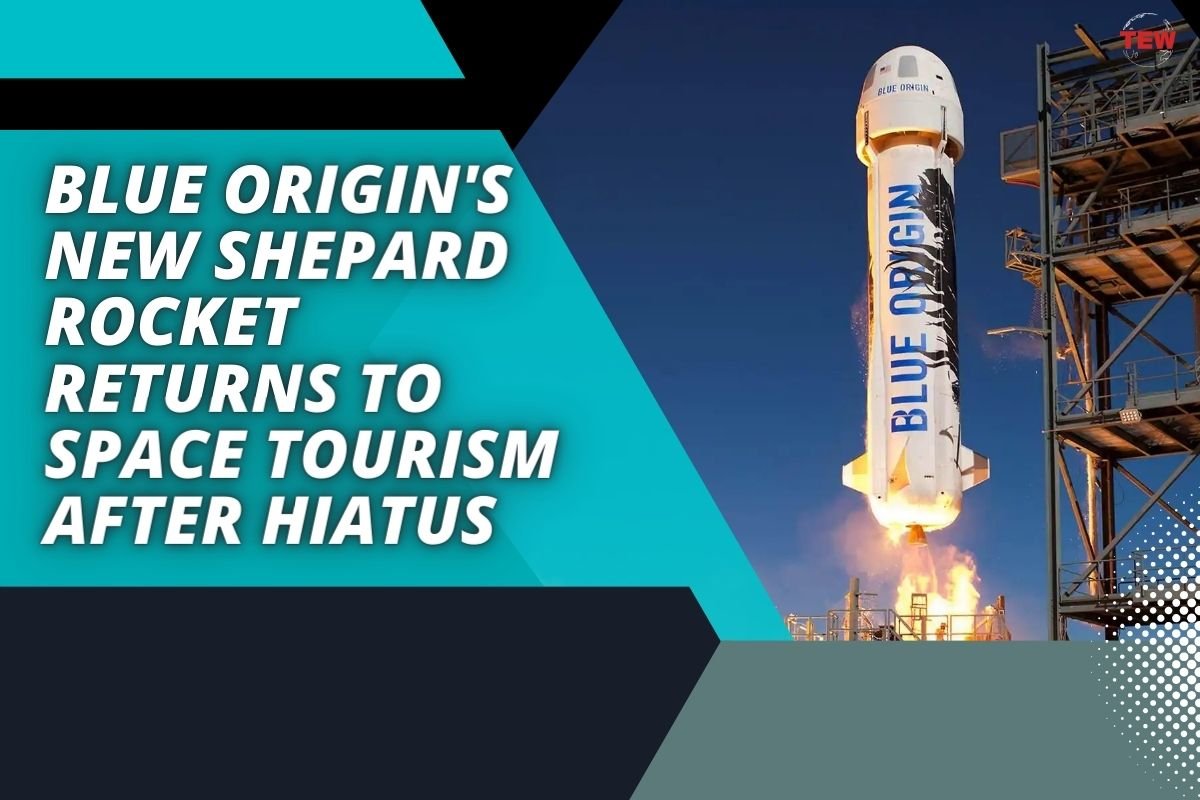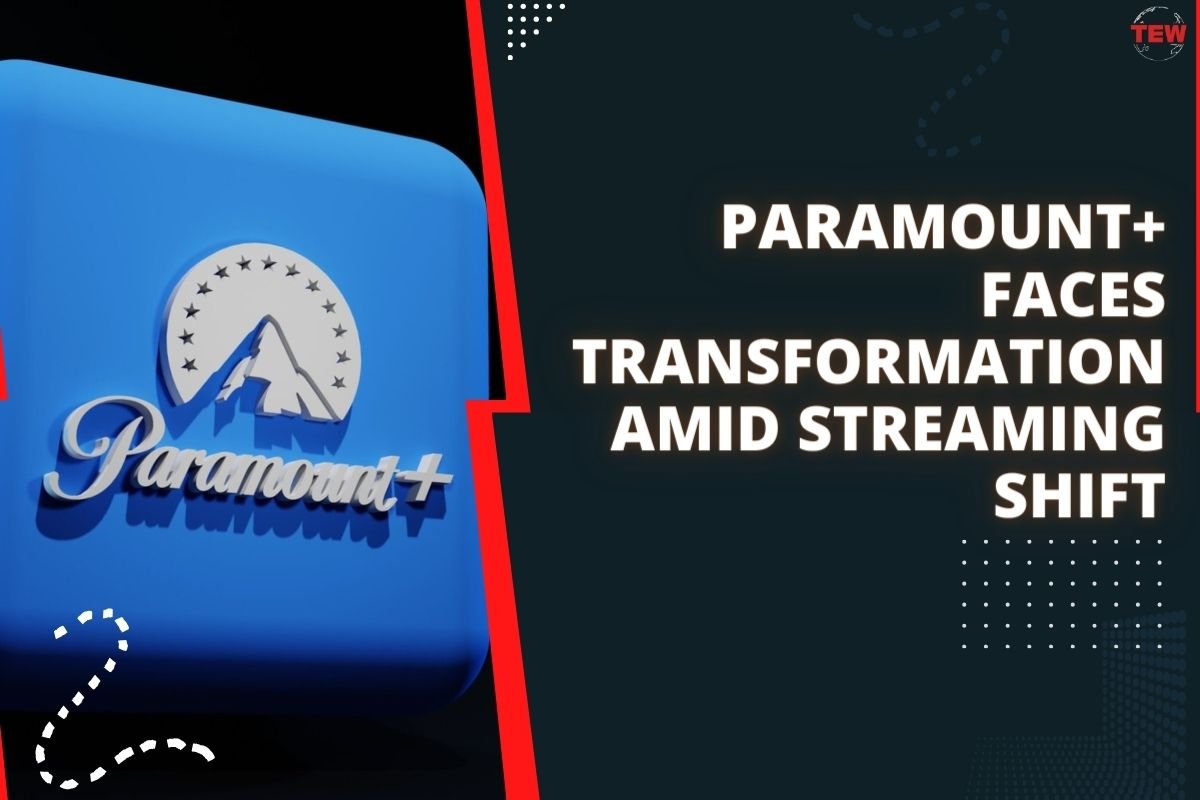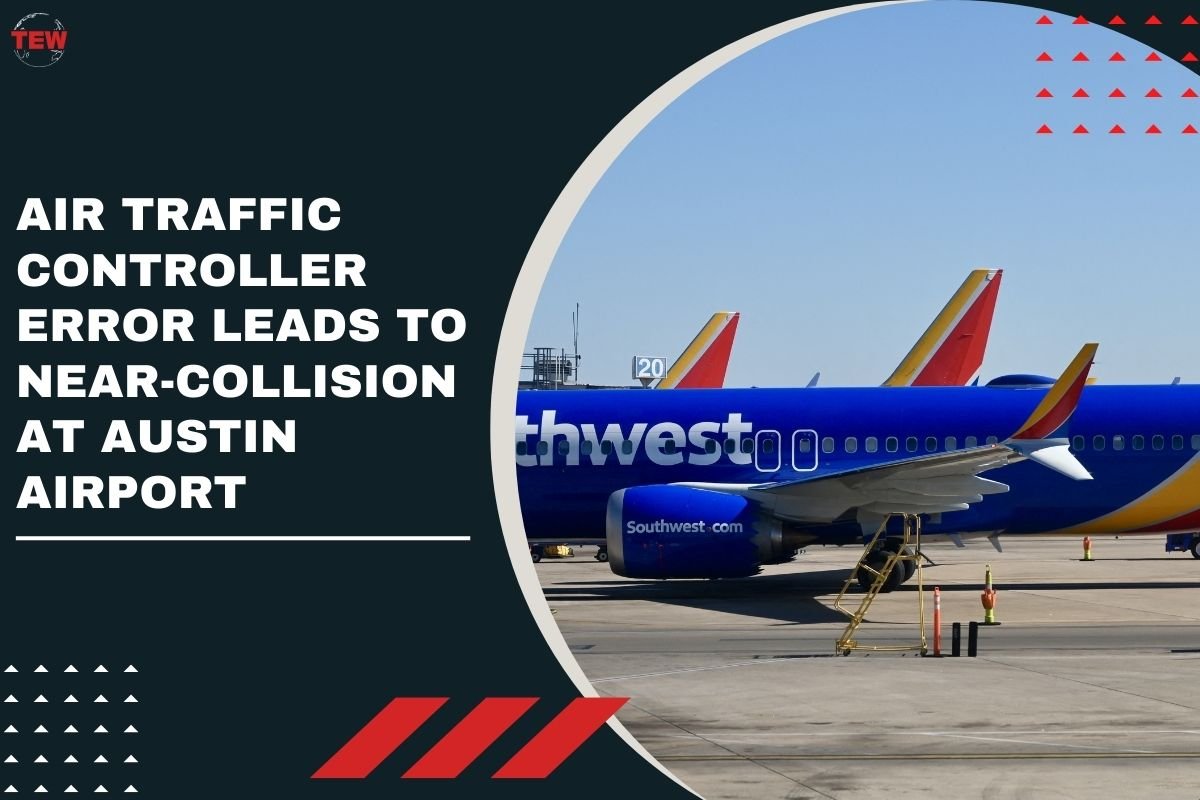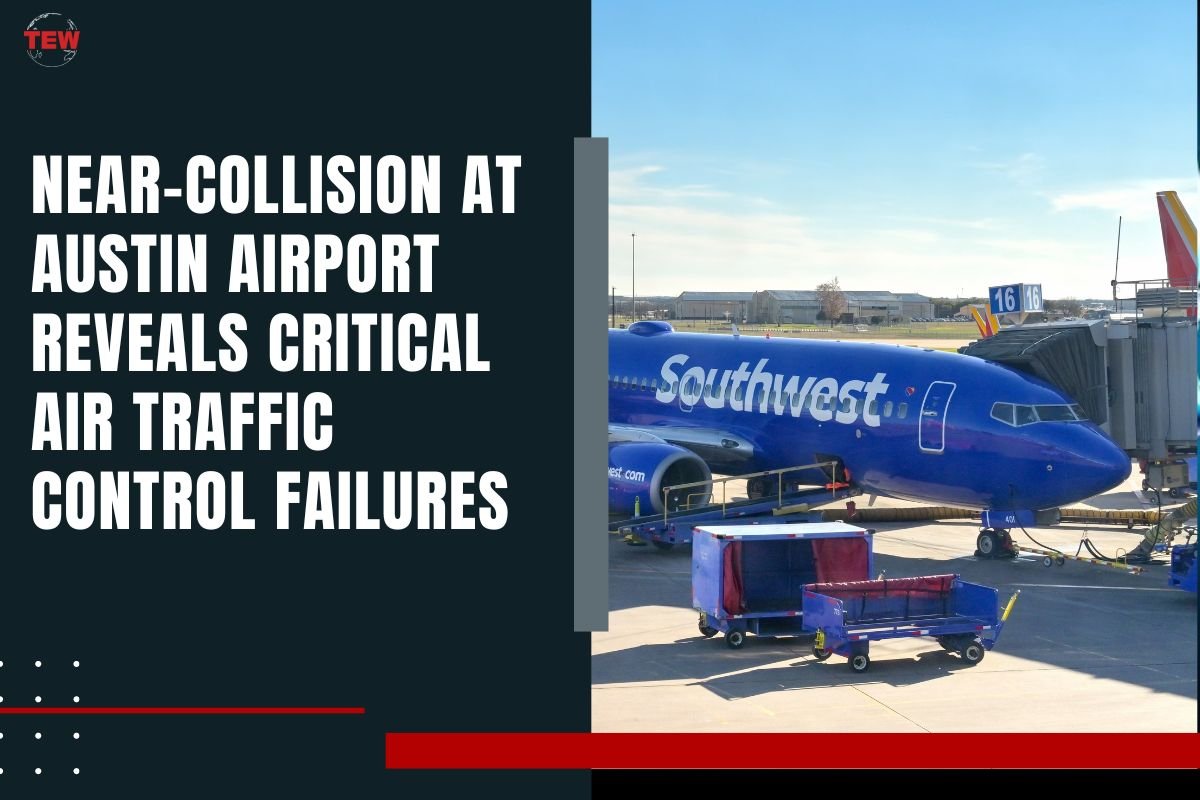(Source – NewsBytes)
Blue Origin’s tourism rocket, New Shepard, has successfully launched passengers to the edge of space for the first time in nearly two years. This marks the end of a hiatus that began after a failed uncrewed test flight. The New Shepard rocket and capsule lifted off at 9:36 a.m. CT (10:36 a.m. ET) from Blue Origin’s facilities on a private ranch in West Texas.
The mission, designated NS-25, is Blue Origin’s seventh crewed flight and carried six passengers: venture capitalist Mason Angel; Sylvain Chiron, founder of the French craft brewery Brasserie Mont-Blanc; software engineer and entrepreneur Kenneth L. Hess; retired accountant Carol Schaller; aviator Gopi Thotakura; and Ed Dwight, a retired US Air Force captain selected by President John F. Kennedy in 1961 to be the nation’s first Black astronaut candidate.
Ed Dwight’s Historic Journey
Ed Dwight’s inclusion in this mission is particularly significant. Although Dwight completed training at the Aerospace Research Pilot School and received an Air Force recommendation, he did not ultimately join the NASA Astronaut Corps. Instead, he pursued a career as an entrepreneur and sculptor. His story is featured in a new National Geographic documentary on Black astronauts, “The Space Race.”
In the documentary, Dwight reflects on his unexpected journey to the edge of space: “I had no intention of being an astronaut. That was the last thing on my bucket list,” he said. “But once I was given the challenge, then everything changed.”
At 90 years old, Dwight became the oldest person to reach the edge of space, a milestone highlighted by a Blue Origin spokesperson. After the capsule touched down at 9:46 a.m. CT (10:46 a.m. ET), Dwight shared his feelings on the experience during Blue Origin’s livestream: “I thought I didn’t need it in my life. But I lied. I really, really did need it. It’s a life-changing experience. Everybody needs to do this.”
The Mission’s Success and Technical Details
The rocket booster landed safely a few minutes before the capsule, ensuring a smooth end to the mission. During their journey, the crew experienced speeds exceeding 2,000 miles per hour, or more than three times the speed of sound. The rocket-propelled the capsule past the Kármán line, an internationally recognized boundary of outer space situated 62 miles (100 kilometers) above Earth’s surface.
At the peak of the flight, passengers enjoyed a few minutes of weightlessness and breathtaking views of Earth through the capsule’s windows. This successful mission followed the triumph of an uncrewed science mission in December, marking the first flight of the New Shepard program since the previous mishap.
Blue Origin’s return to space tourism underscores the resilience and enduring appeal of commercial space travel. As the industry continues to grow, such missions offer a glimpse into the future of accessible space exploration for civilians.





